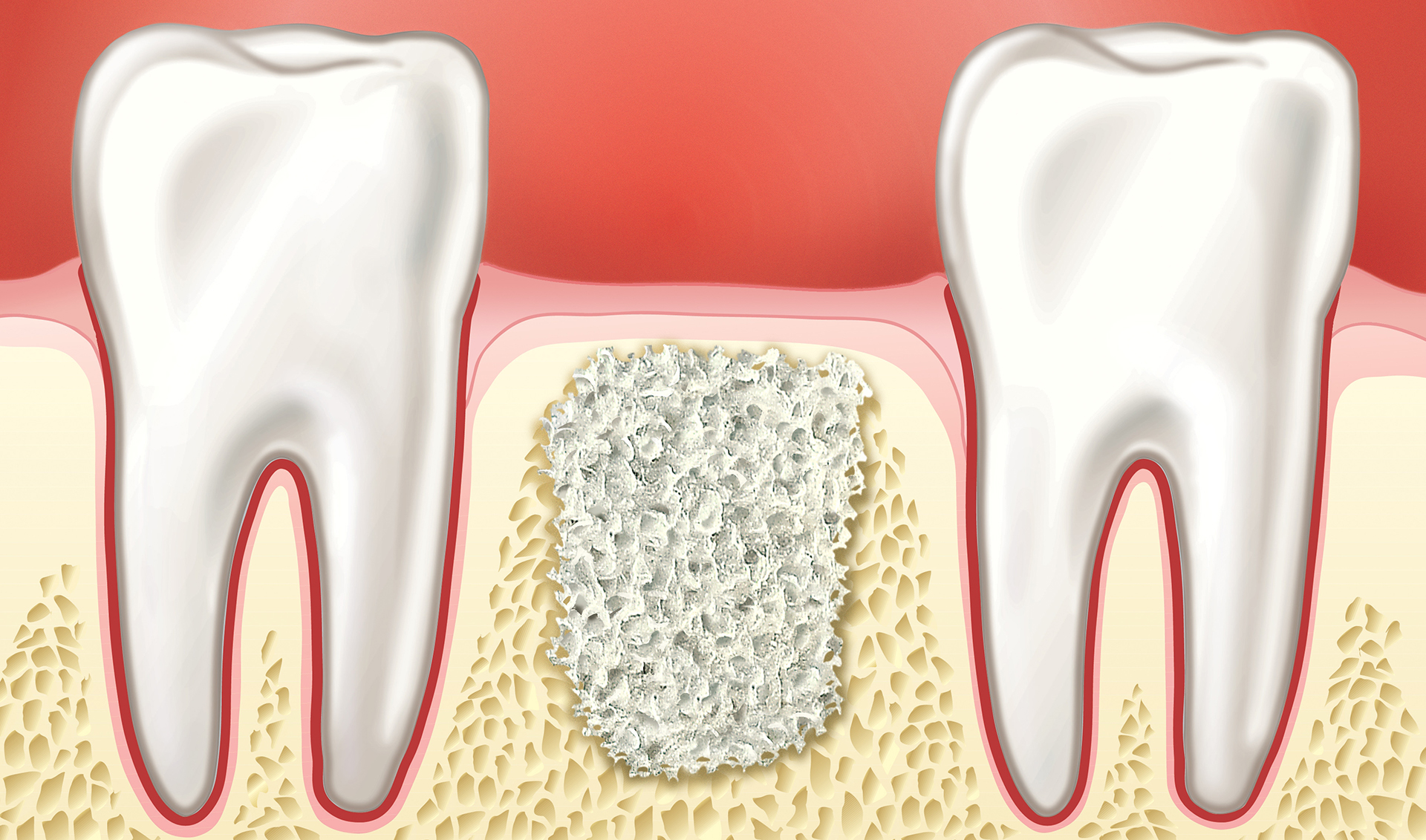Socket Preservation Procedure
Preserving Your Jaw Bone after Extraction

- Removal of teeth is sometimes necessary because of pain, infection, bone loss, or due to a fracture in the tooth.
- The bone that holds the tooth in place (the socket) is often damaged by disease and/or infection, resulting in a deformity of the jaw after the tooth is extracted.
- In addition, when teeth are extracted the surrounding bone and gums can shrink and recede very quickly, resulting in unsightly defects and a collapse of the lips and cheeks.
- These jaw defects can create major problems in performing restorative dentistry whether your treatment involves dental implants, bridges, or dentures.
- Jaw deformities from tooth removal can be prevented and repaired by a procedure called socket preservation.
- Socket preservation can greatly improve your smile's appearance and increase your chances for successful dental implants.
- Several techniques can be used to preserve the bone and minimize bone loss after an extraction.
- In one common method, the tooth is removed and the socket is filled with bone or bone substitute.
- It is then covered with gum, artificial membrane, or tissue, which encourages your body's natural ability to repair the socket.
- With this method, the socket heals, eliminating shrinkage and collapse of the surrounding gum and facial tissues.
- The newly formed bone in the socket also provides a foundation for an implant to replace the tooth.
- If your dentist has recommended tooth removal, be sure to ask if socket preservation is necessary.
- This is particularly important if you are planning on replacing the front teeth.

